Inside historic village in Ras Al Khaimah that turns 25 this UAE National Day
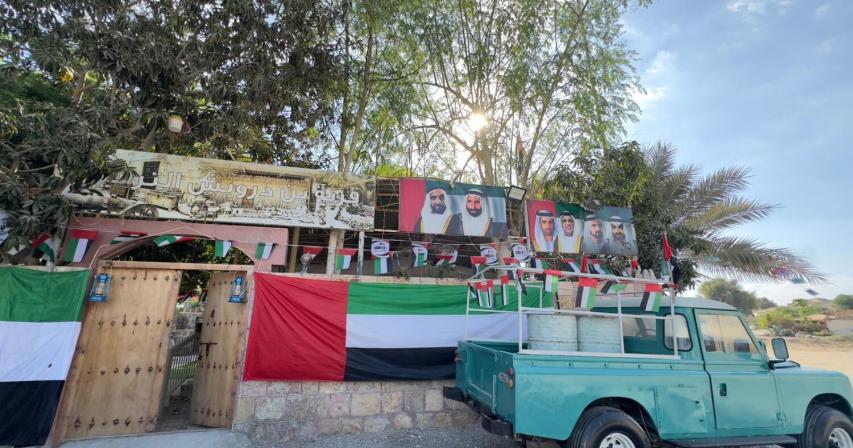
Built on 2nd December 1999, Bin Darwish's Historic Village in Ras Al Khaimah remains a significant monument in relation to the cultural history of the UAE. The owner, Ali Abdulrahman Bin Darwish, 70 years, purposely picked this date. "This day is indeed dear to every Emirati. It's our National Day which brings together all of us in pride and heritage."
The village includes real pieces of history, such as the hib, a container used to keep drinking water; the khars, used to hold water for bathing; and the burmah, a pot for cooking. Visitors are also introduced to items, such as the mis’hana, used for antimony kohl preparation, or the burqa, a traditional veil worn by Emirati women. Each of these artifacts evokes in unbelievable ways the way the past generations lived and what were their values and practices.
It exhibits a variety of cultural artifacts and models that are animated and illustrate the traditional way of life of the UAE. One corner that stands out is Al-Manaz, a traditional children’s bed that serves the purpose of putting the babies asleep. The mothers were just tossing the bed while singing and putting the baby to sleep.
Another exhibit is the Kandar, which shows how water carriers used to bring water from wells to one neighborhood and to another, demonstrating the wise utilization of resources in ancient times.
The village furthermore features Al-Mawsem, a figure also captured by this village where a healer used to apply a hot metal tool on certain parts of the body to relieve pain. Practiced by some Emiratis, this practice illustrates how medicine used thick-headed people in the past.
Benz Darwish stressed the preservation of traditions and heritage that helps comprehend the hardships and feelings of peoples from different eras. “Heritage is something important. Everybody must understand how our ancestors lived in the past and how the existence was tough but somehow. They were indeed self-disciplined, hard-working and would go out of the Emirates and make money for themselves and their families,” he added.
How it all began
Bin Darwish has loved the heritage items since he was 10 years old. It all started with school trips to museums, which, as he puts it, “were dull because you’d look at things but not really understand how they were connected to our history. I would look at the things and wonder, 'Who shaped this? How did it get to where it is now?' ”
These participations at an age when children are still finding their interests in life, turned to an insatiable desire for him to understand and know more about the most important components of the world – the heritage, history, culture, and arts.
Bin Darwish later had an idea of constructing a facility that would help in preserving them. "I began with the construction of an Arish Al-Qeeth summer shelter which was followed by the construction of a storage room. It was my wife who in the very beginning encouraged me to construct the Arish, because she also has the same passion for heritage as I do,” he said explaining his vision of building an arish.
Originally, the village used to be open to any students from the kindergarten level all the way up to university and such students were able to get a full experience of Emirati culture. According to Bin Darwish, such visits were fun and it was a learning experience for both the parties. "Some students would ask what every single object was and what it was used for," he said. "Some others would sketch the parts and note down their descriptions so that they could remain in their minds what they had been taught."
When considering the meaning of heritage, he said, “He who has no past does not have a present or future.” Referring to the future of the village, he expressed the wish: “I’m hoping to get a plot of land so that the village can be made bigger and the number of heritage items put up there can be increased.”

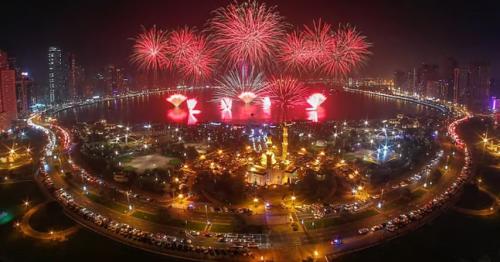
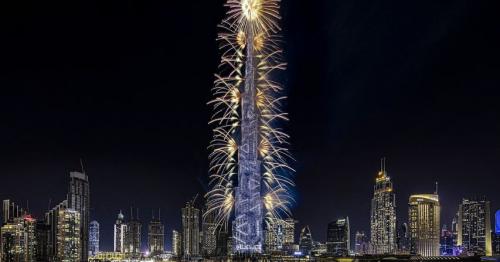
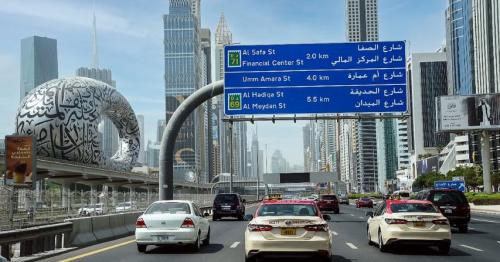
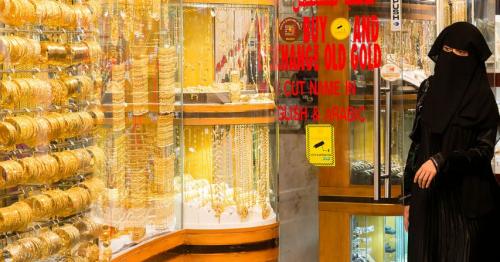

Comments